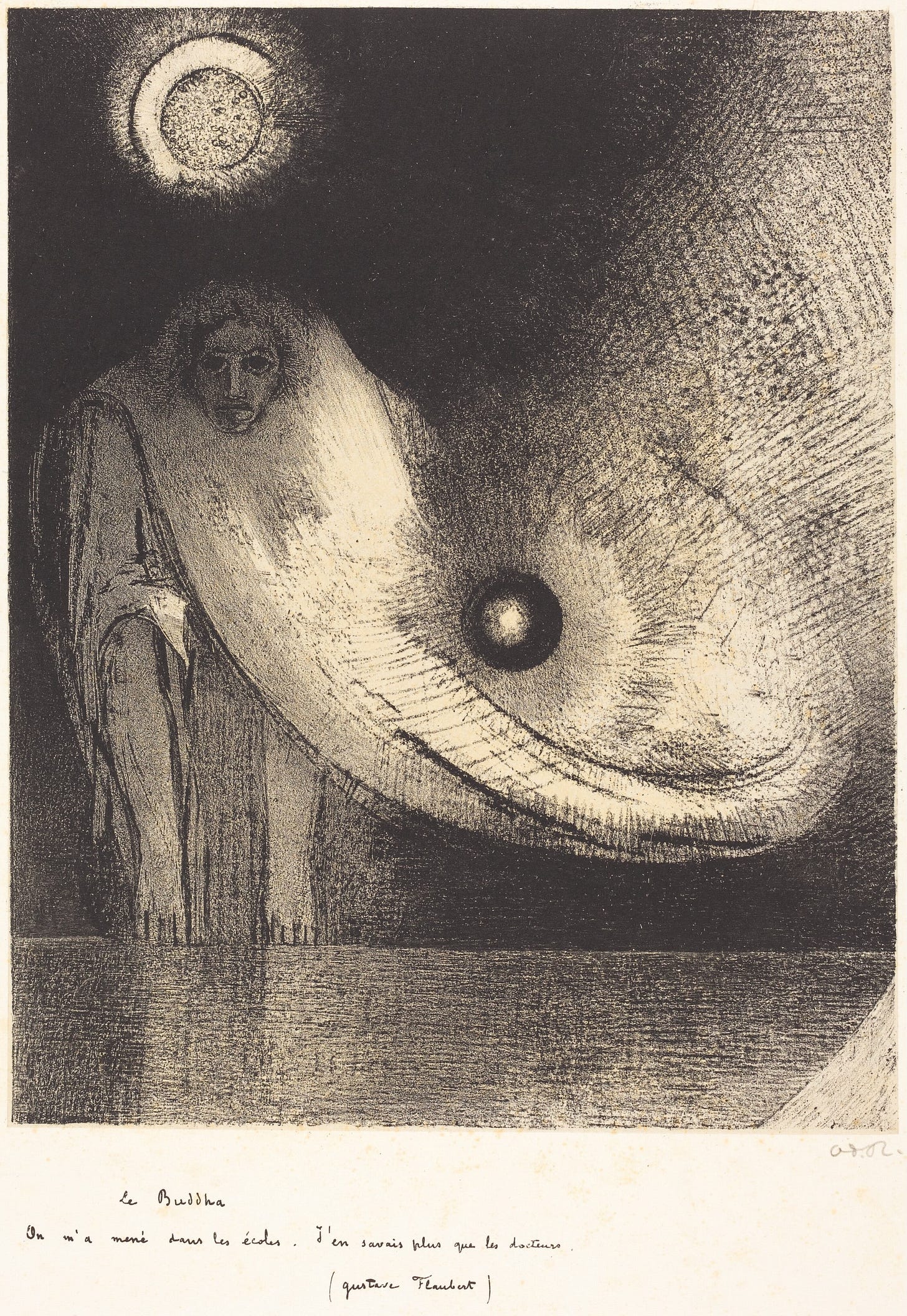
Bridgeworks projects are collaborative. The baton is handed from person to person until a poem, a song, a conversation — one of these entries — comes into the world. We share the work (the listening and responding, the editing, transcribing) and then the creator has a finished piece. Since we started this project, we have been working on intuition … and faith mixed with a little head above water luck. Things get dropped and bungled from time to time. We make amends and we learn the importance of trusting one another. In Soul Tribe Luis Fernando Del Rio writes:
Learning to hold space
long enough to quiet the noise pollution,
to get lost in the rhythm of our silent heart beats,
to find ourselves in the state of collective belief.
There is no Teacher’s Edition for what we are doing. I come into the group with a piece to read and a loose plan. The characters at the table make it jell. Wednesday, we set up our work in Oregon State Penitentiary’s Memorial Healing Garden. The day was focused on developing the youth outreach project we will be making together in the coming year. A family of ducks greeted us as we crossed the threshold from the poured concrete of the prison through the welcome gate and up the gravel paths to our makeshift outdoor classroom. Our house band Luther’s Boots played a show on the prison yard in 2018 to help fundraise for the construction of this traditional Japanese garden. Over seven years, the trees have taken root and prospered, the prison caretakers right alongside them. We marvel at the size of the koi as we crossed over the wooden bridge and made our way through the lush foliage, setting up shop at folding tables. Though we are surrounded by the abundance and growth of this beautifully tended garden, the boundary of the prison wall provides a windbreak for our conversation.
The men have taken to the idea of using their collective experience to build tools to connect adults inside with kids from their neighborhoods. We are designing a set of activities, written pieces, and collection of parenting wisdom to publish online and on prison tablets along with providing hands-on activities for family fairs in prisons. We are asking the question: How do we interrupt the cycle of generational incarceration?
The people we work with come from a world defined by its violence and poverty. Survival meant finding people to help keep you safe on the streets. The tactics, the means for making it were fueled by creative ingenuity. To that point Jai’s poem Anchor Points describes the makeshift gathering of detritus he and his tribe used to anchor his boat when he lived on the river:
A hapless throb of hurt people, hurting people on consignment. Portland's lay-away
sales pitch of epigenetic oppression.
The impulse to anchor, to create a safe harbor these are themes we hear in our conversations. Coyote and Little Saint talk about how basketball anchored them when they were in high school. I look around the table. These faces are old and young, they come from different neighborhoods, sit in different places on the yard and yet, I watch our team brainstorm, share details of their lives, building off one another. The guys have made our writing group a safe space in a maximum-security prison. Storytelling is our superpower.
I was deeply moved by poet Andrea Gibson’s essay The Hardest Winter of My Life and shared it with our writers. I was struck by their observation that they were accustomed to writing from the lesson learned but in this final months of their life, they recognized the value of writing from the ache: Sometimes it’s not about knowing the answer but being inside the question together. Being inside the hardest winter together. We read that passage and asked the writers to respond. Prison is the bullseye of the ache they describe in the essay. By asking questions, we allow ourselves to be student, to be curious, to be vulnerable.
From Eastern Oregon Correctional Institution one of our newest writers, Marshawn Edwards responded to the bone chill of the eastern winds in Coldest Winter Together:
Camaraderie forced upon us,
enemies on the street
but roommates behind these walls,
we’re not so different after all.
Through togetherness Marshawn finds warmth and connection to weather the winter. This is the thread that Le’Var Howard pulls from Andrea Gibson’s essay:
In the gathering,
I see sharing and emotional vulnerabilities
put into a place to remake the present.
At the worktable, Yeyin Chin reads the first piece we will be using in our youth outreach project. Over in the yard, we hear a scuffle that at first we think is a fight but turns out to be horseplay. A dragonfly lands on Buddha’s forehead. We are holding space to make something together. In the rhythm of our silent heart beats, in our collective belief we feel the true things — a story shared, the song that raises our spirit, the refrain that is meant to be repeated. | TDS

